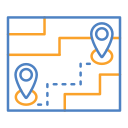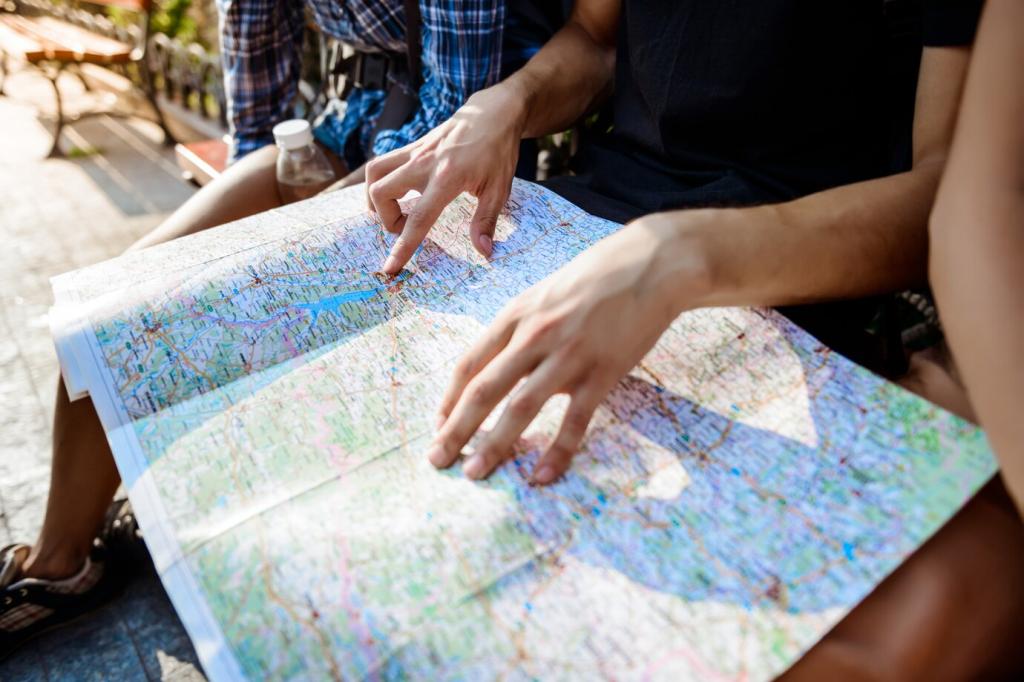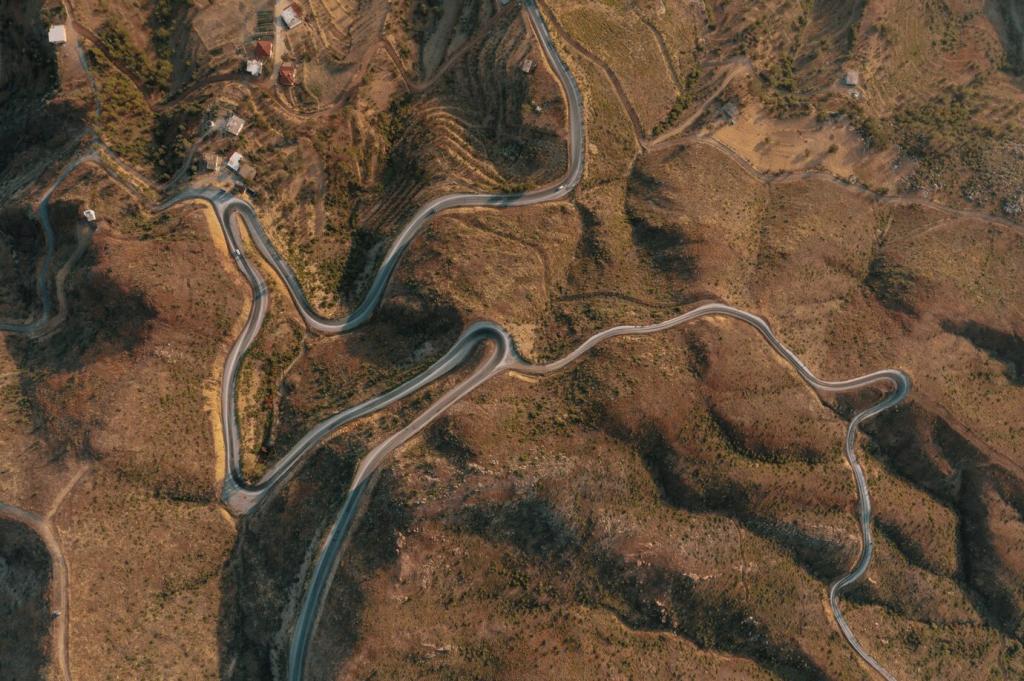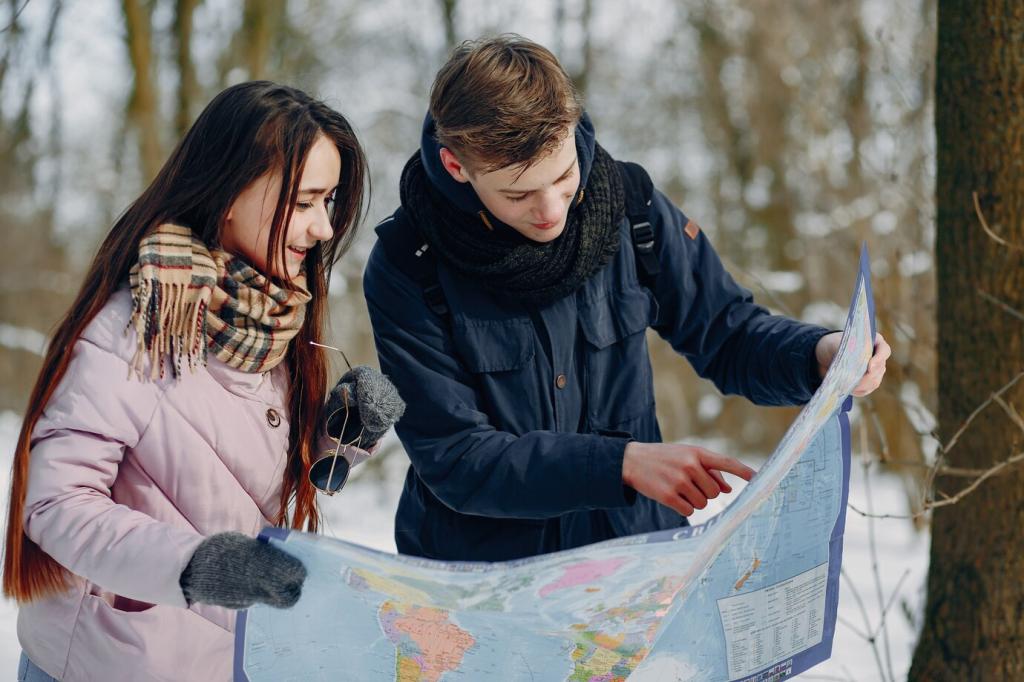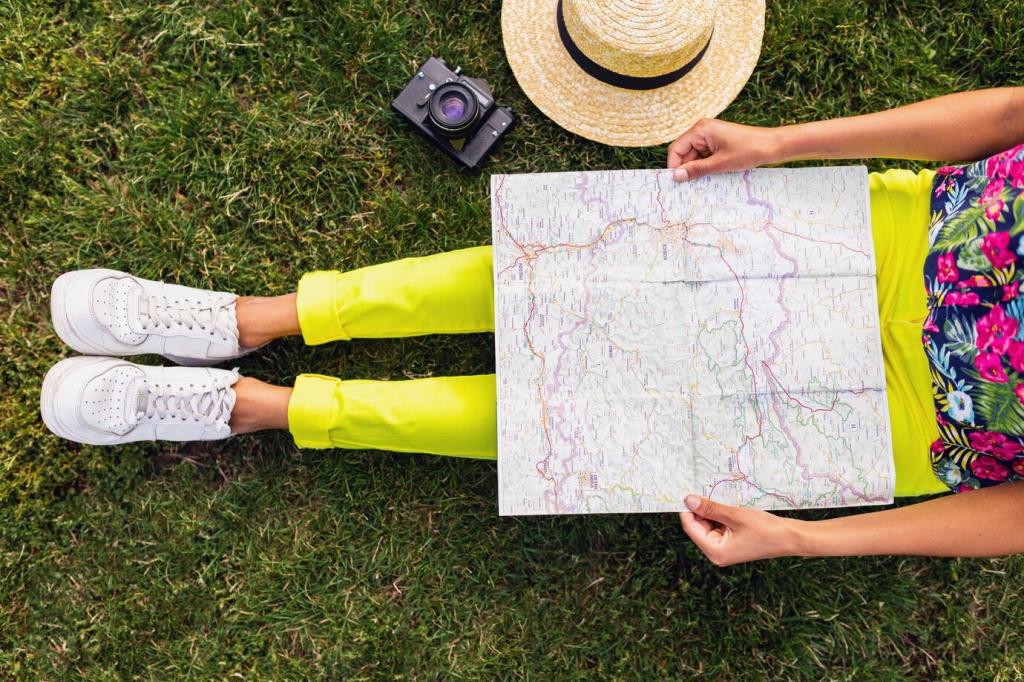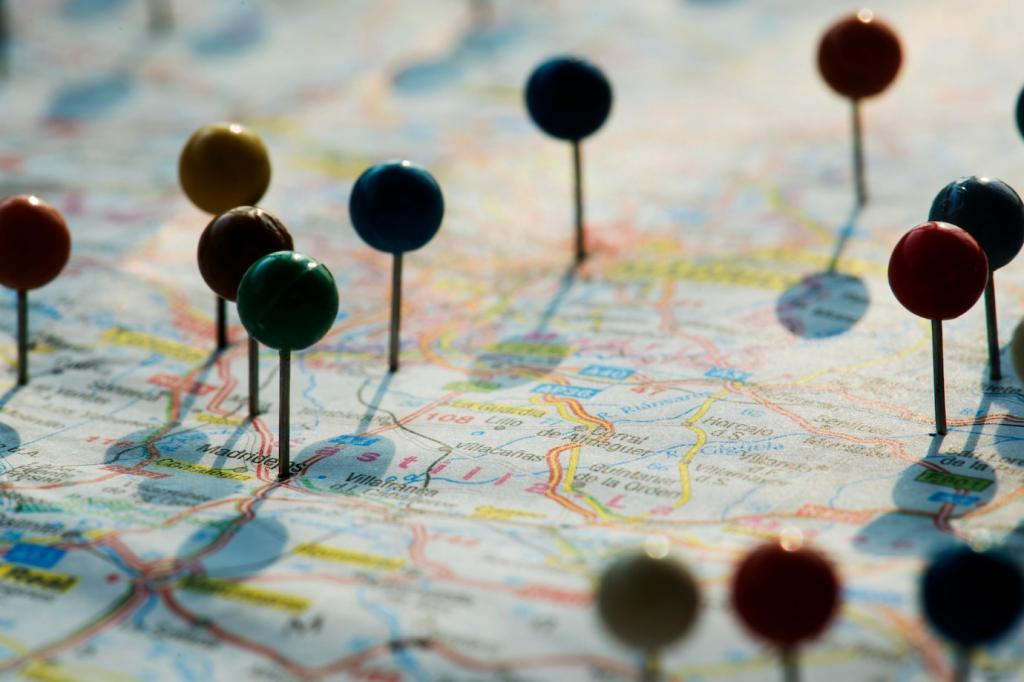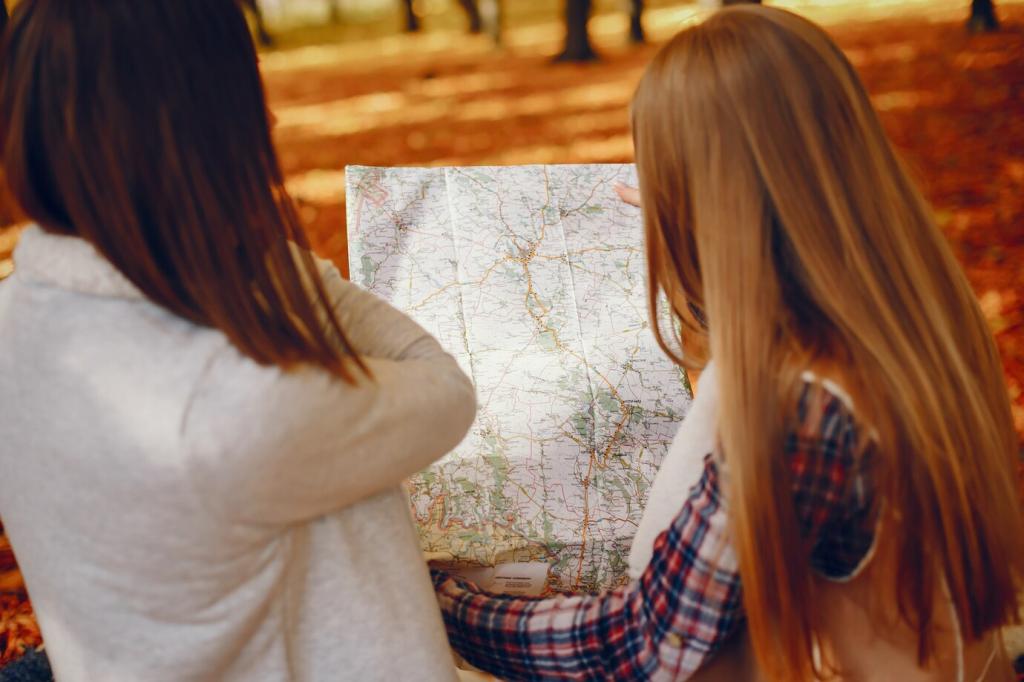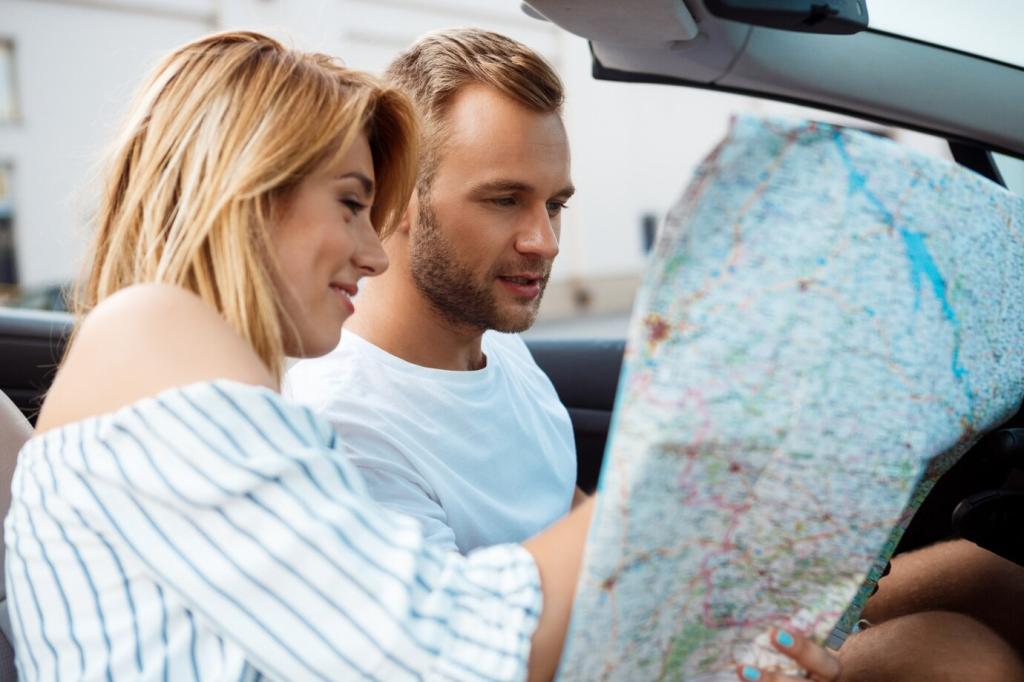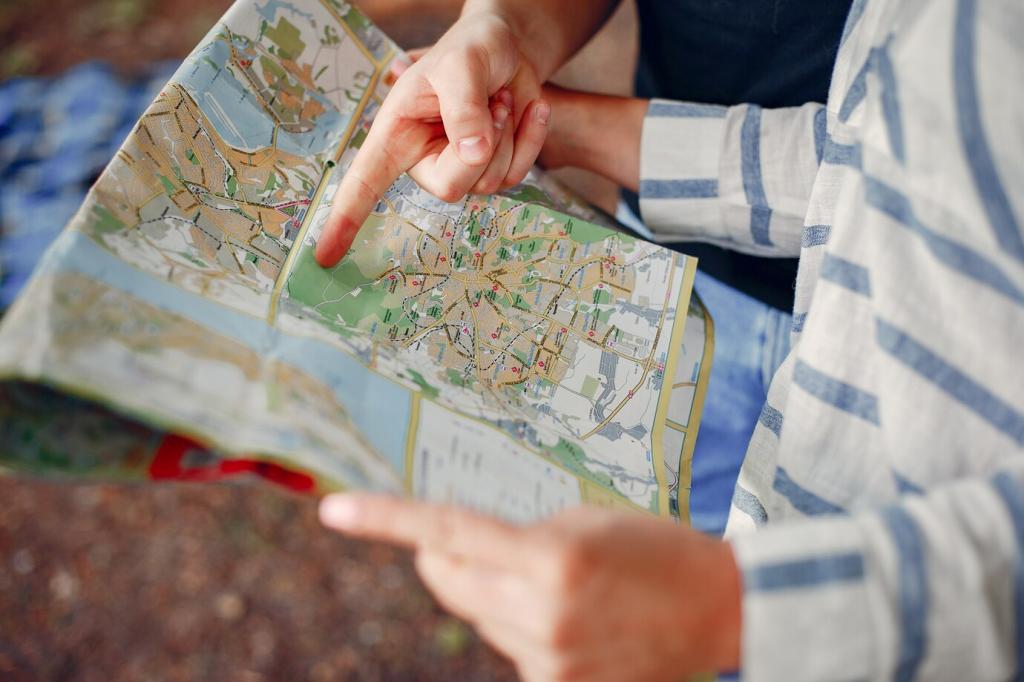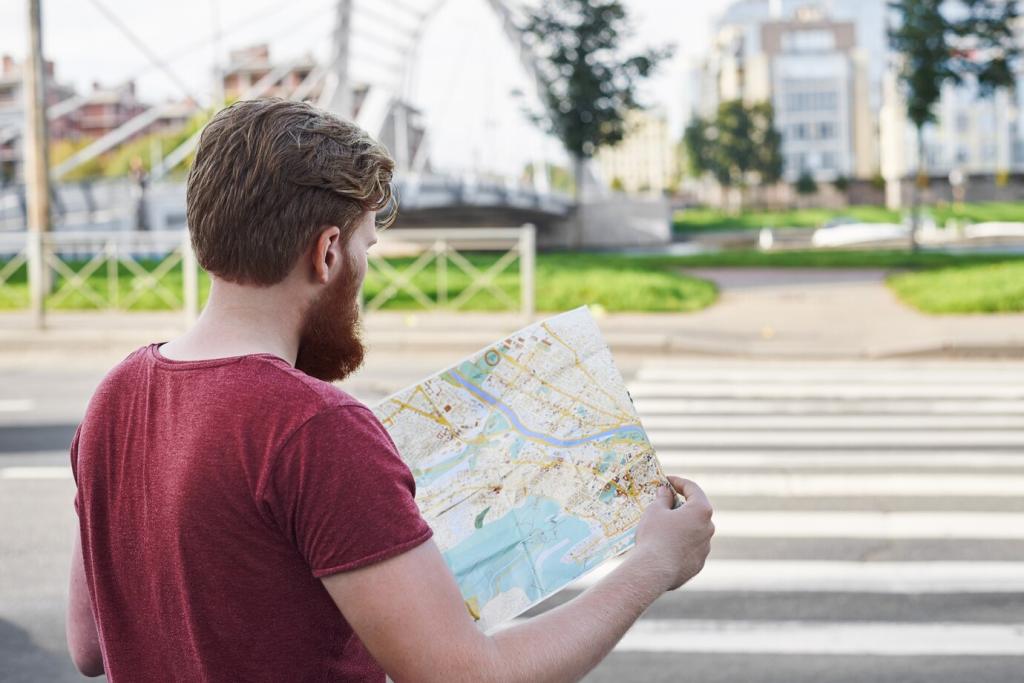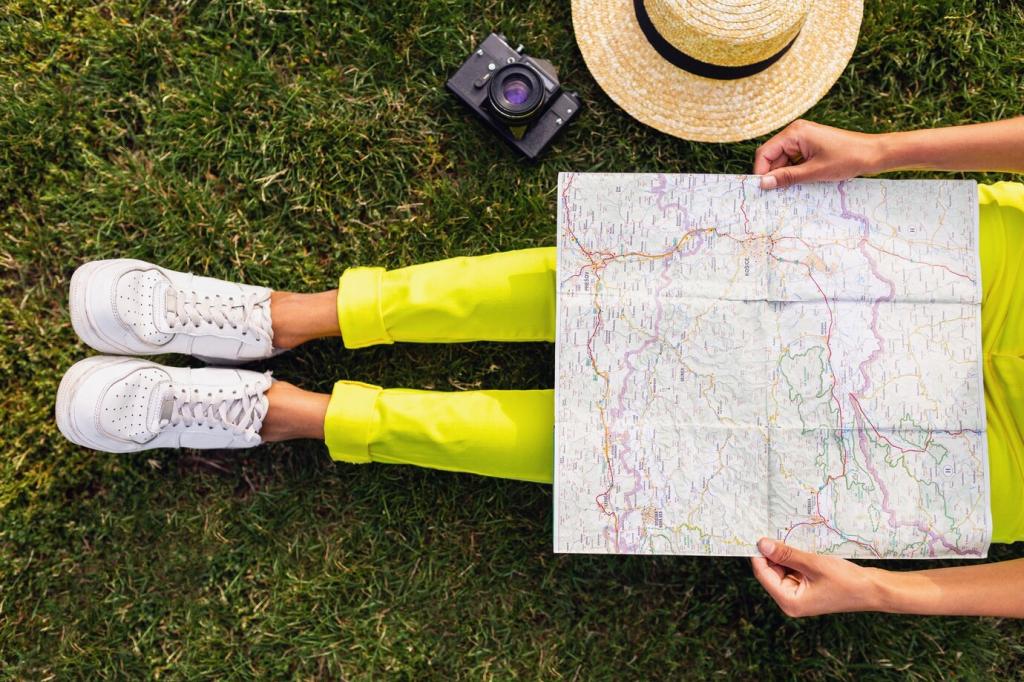Case Study 7: Patagonia’s W Trek With Smart Campsite Sequencing
We booked campsites early, sequencing them to avoid bottlenecks and reverse flows. Hiking west-to-east set up sunrise at the Towers and put harder climbs before fatigue peaked. A laminized copy of permits lived in an outer pocket for quick checks in wild weather.
Case Study 7: Patagonia’s W Trek With Smart Campsite Sequencing
Daily wind forecasts shaped departure times and lunch stops behind sheltering rock. An optional layover day floated between two camps, ready to be spent on glacier views or as a buffer when gusts roared. Trekking poles earned their place every kilometer.
